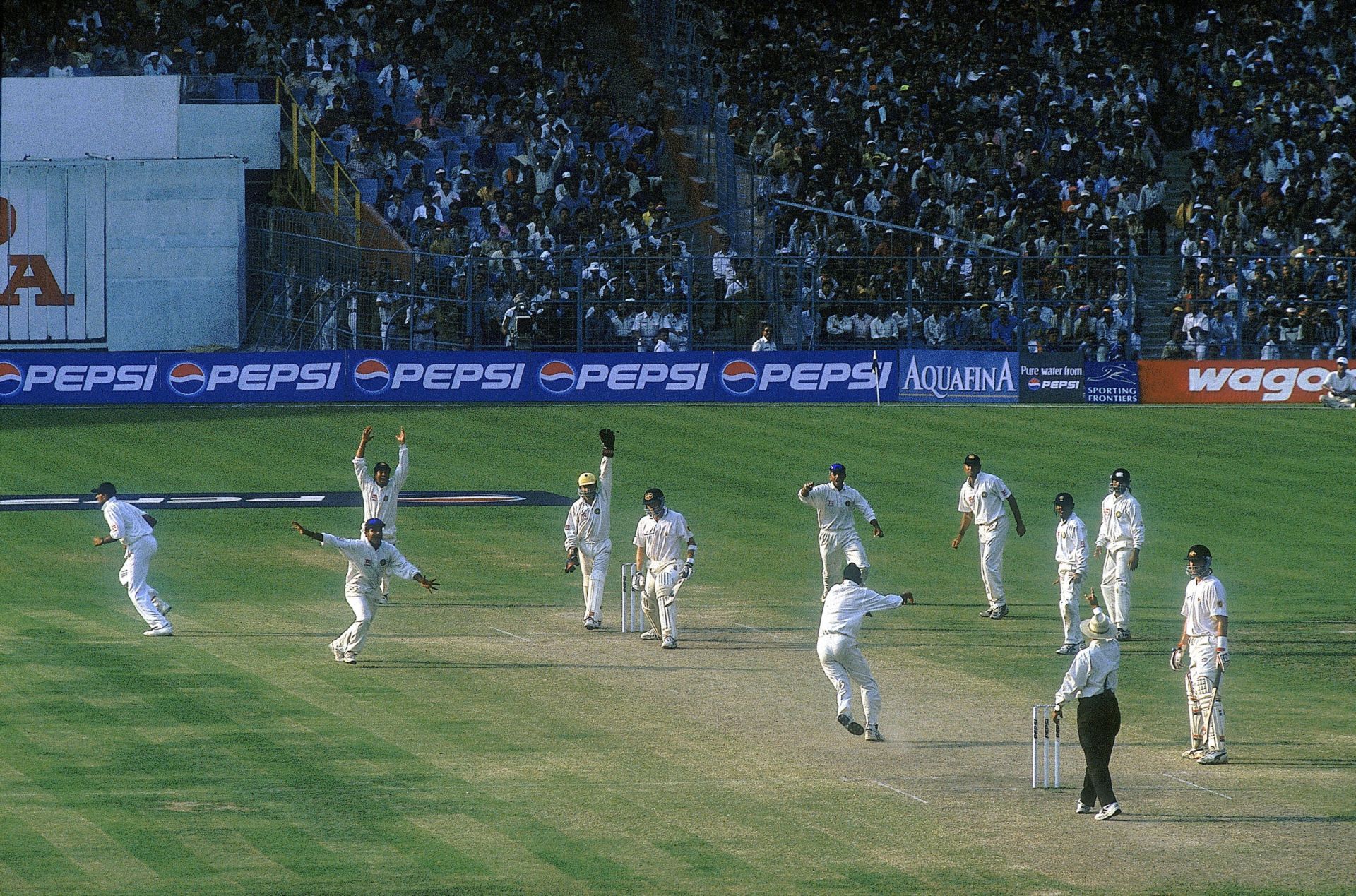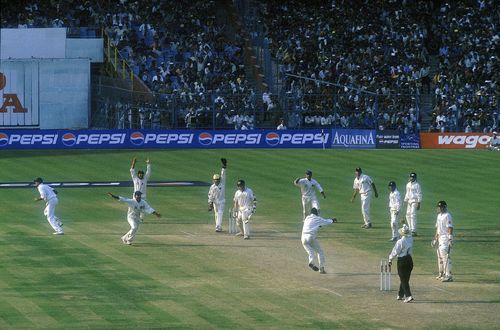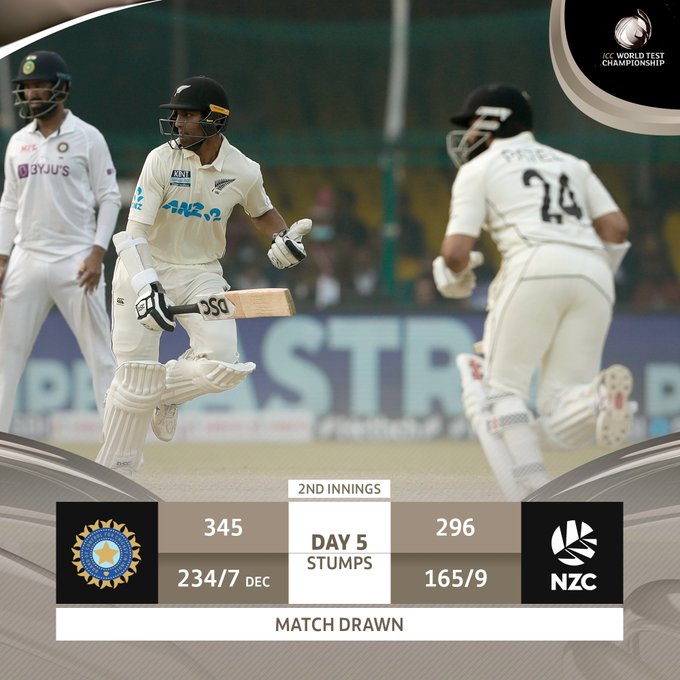
Romance of Test cricket over free hits

It was the first hour of the first Test between India and New Zealand in Kanpur when Kiwi all-rounder Kyle Jamieson overstepped, and a no-ball was rightly called. However, we didn’t see the umpire make circular movements in the air post making the call.
Few people wondered, had the umpire missed it? We also didn't see the batter make any unusual movements to hit the next ball out of the ground. Fans overfed with T20 cricket wondered what was wrong.
Well, as Sunil Gavaskar who was on commentary at the moment said, “There are no free hits in Test cricket”. This was Test cricket indeed!
The statement wasn’t just a reflection on the absence of the free hit rule in Tests. In my view, in his own style, the great Sunil Gavaskar symbolized the essence of the game’s original format.
While I am not for a second suggesting that things come by easily in ODIs or T20s, Test cricket does demand something different.
Test cricket is one of the few things in life which gives you a second chance
In shorter formats, where one can get away with many things, Test cricket truly tests the character of the players. It is called Test for a reason. One good hour of play in the T20s will guarantee victory on most occasions. Compare that with Test cricket where one has to toil hour after hour. Just like in life, perseverance pays off in a Test match too.
One needs to have the patience, grit and stamina to remain focused throughout the duration of five days of a Test match. There can be a passage of play where bowlers can get all over a batter. But the same batter has the chance to make a comeback if he survives the testing period.
A team can be bowled out for less than 100 in the first innings and still come back strongly in the Test match. Much like India did against New Zealand in the first Test at Mohali in 1999. There are numerous stories of comebacks. One of the all-time best was when India beat the all-conquering Australian side after following-on in the 2001 Kolkata Test.
As former Indian cricketer Madhav Apte once told me:
“Test cricket is one of the few things in life which gives you a second chance.”
One-Day cricket is an exhibition; Test cricket is an examination
Of course, fans of Test cricket would come up with many other reasons as to why it is the ultimate format. English sports journalist Henry Blofeld famously said:
“One-Day cricket is an exhibition, Test cricket is an examination.”
While it is also true that most cricketers consider Test match cricket the zenith, I will leave that debate for another day.
As a romantic of the game, the switch to white flannels after a long, long T20 season was soothing to the eyes. It was a relief from the glitter and glamor, from the screaming and shouting, from the power-plays and the dugouts.
No comparison to the suspense associated with a Test
The detractors of Test cricket will tell you that in today’s world no one has the time to sit and watch a game over five days. Gen Z, who has been brought up in the T20 era, may find Test cricket too slow and hence boring.
But they will not understand the suspense associated with the opening session of a Test or a batter trying to survive the last few overs of the day in fading light has its own charm that no number of sixes or Super Overs can match.
A classic example was the finishing stages of the first Test between India and New Zealand in Kanpur. Playing in his first Test, Rachindra Ravindra kept out the Indian spinners from claiming victory.
Former Indian cricketer Yajurvindra Singh recently wrote in an article:
“The lush green outfield on a sunny north Indian day, with players in pristine white, is what signifies a true game of cricket”.
Speaking of sunny, similar to Gavaskar’s ideology of giving the first hour of a Test to the bowlers, the first half of the traditional cricket season in every country should always be reserved for Tests and then the shorter formats can follow.
All these formats (T20, ODI and Tests) can and should co-exist. It is purely up to administrators to ensure that the five-day version of the game is kept alive.
And as far as the purists are concerned, they will continue to enjoy sipping tea and watch the red cherry (at times pink) go quietly to a jumping wicketkeeper’s hand. It is this romance that makes our game great and, as the American novelist Stephenie Meyer wrote:
"There’s no good story without romance."
